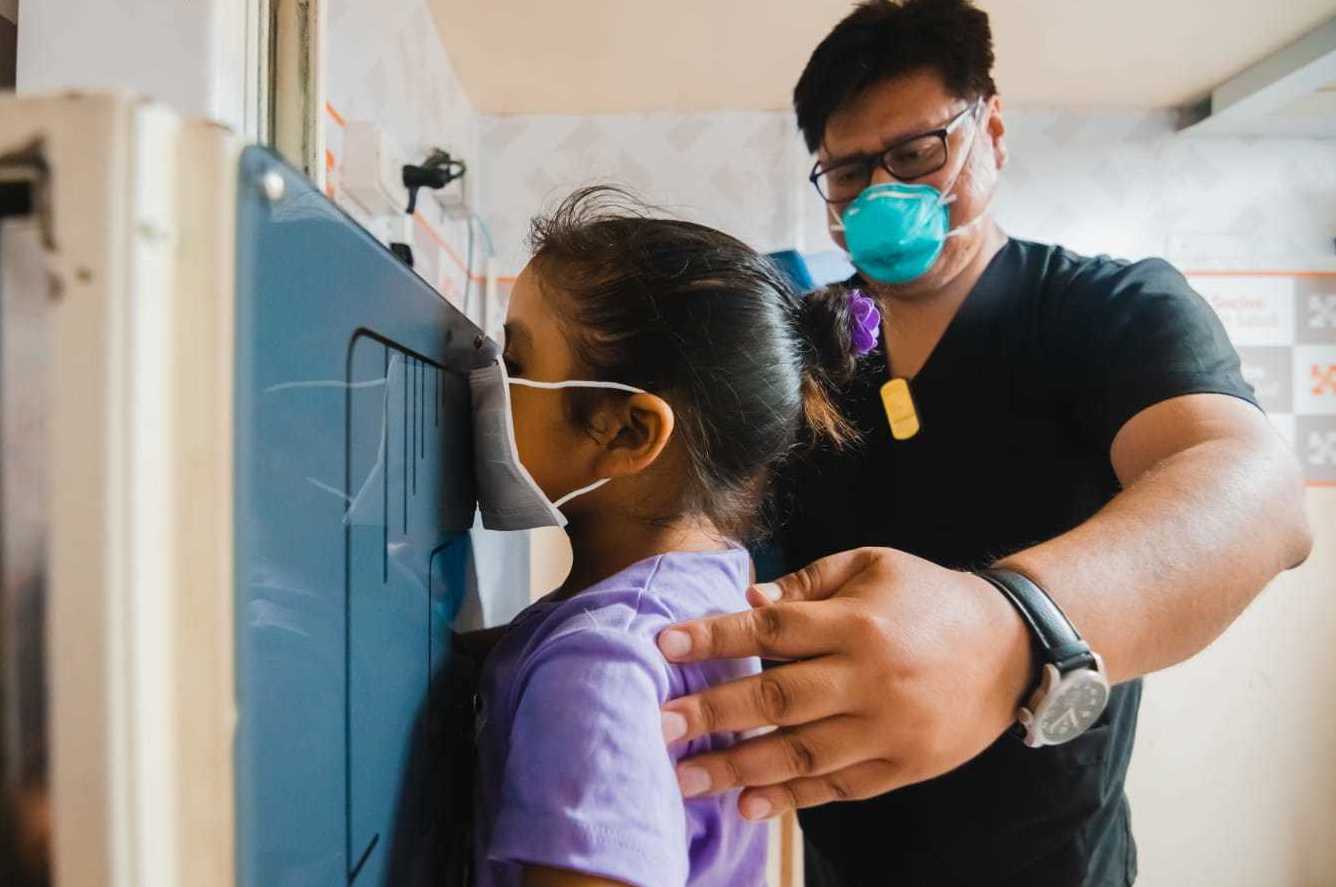The End of Tuberculosis That Wasn’t, A Data Driven Reality Check on TB’s Unexpected Persistence
Why in News?
In recent global public health discourse, a surprising and sobering report has emerged highlighting a paradox: despite decades of significant medical advancements, tuberculosis (TB)—once believed to be on the brink of eradication—continues to kill millions across the globe. A comprehensive study published by OurWorldInData.org has revealed startling trends, showing that contrary to past expectations, TB did not disappear. Instead, it persisted, evolved, and even expanded in certain regions. This calls for a renewed look at why one of history’s deadliest diseases continues to thrive in an era of advanced healthcare. 
Introduction
By the mid-20th century, TB in the United States and Europe had seen dramatic reductions thanks to improved antibiotics, aggressive public health policies, and nutritional support. Optimism surged in the 1980s that the disease would soon be history. In the U.S., new TB cases dropped sharply by over 90% by the late 1980s, and government funding for TB programs was cut back in 1992.
However, this optimistic view masked a deeper, more global problem. A recent analysis published by Hannah Ritchie and Fiona Spooner in Our World in Data titled “The End of Tuberculosis That Wasn’t” reveals the disease’s troubling endurance. In fact, far from being eradicated, TB has continued to kill at alarming rates—particularly in lower-income countries. The data-rich report serves as a sobering reminder that infectious diseases don’t vanish through optimism or policy alone—they require sustained, systemic global attention.
Key Issues
1. A Misleading Decline in TB Cases
According to Chart 1 of the report, TB cases in the U.S. dropped significantly between 1975 and 2023. This downward trend, while real, gave a false sense of security. The steep decline in the U.S. and Europe led policymakers and researchers to prematurely assume TB was under control globally.
What these numbers obscured was the hidden global burden of TB—especially in countries with fewer resources to collect and report data. Because TB was increasingly absent in wealthier countries, it vanished from the radar of global health priorities.
2. The Rise of HIV and Its Connection with TB
One of the most critical and overlooked aspects of TB’s resurgence was its dangerous interaction with HIV. In 2000, TB deaths among HIV-positive individuals accounted for a significant portion of TB mortality. At that time, over 5% of the U.S. population had HIV, but TB deaths among HIV-positive individuals accounted for 82% of the total TB death toll.
As seen in Chart 2 of the report, TB deaths among HIV-positive people have since declined significantly, reflecting the increased availability of antiretroviral therapy and integrated treatment programs. However, TB deaths among HIV-negative individuals have remained persistently high. This points to the fact that while the link between HIV and TB is critical, solving one doesn’t automatically solve the other.
3. Drug Resistance and the Fall of Treatment Success
The second major factor undermining TB eradication efforts is the emergence of drug-resistant strains. The success rate for TB treatment was once extremely high. As shown in Chart 3, early treatments were quite effective in helping patients recover. However, over time, especially by the 1980s and 1990s, TB strains evolved, becoming resistant to traditional drug therapies.
Multidrug-resistant TB (MDR-TB) and extensively drug-resistant TB (XDR-TB) have become formidable challenges. These forms of TB require more complex and expensive treatment regimens with lower success rates. In many countries with limited healthcare infrastructure, managing these strains has proven to be exceptionally difficult.
4. Immigration, Globalization, and Disease Transmission
Another major factor overlooked in TB projections was global migration. In the U.S., TB rates among foreign-born individuals have always been higher. In fact, by 1993, most new TB cases in the U.S. were among people who had immigrated from high-TB-burden countries.
From the 1970s to the 1990s, immigration patterns shifted significantly. The U.S., like many Western nations, began receiving more immigrants from countries with higher TB rates. However, unlike earlier decades, many of these immigrants came from regions that lacked robust TB screening and treatment infrastructure.
While these individuals were often healthy upon entry, TB has a long incubation period and can remain latent for years. As a result, it began reappearing in communities previously believed to be TB-free.
5. Lack of Investment and Data Transparency
Despite the known risks, global investment in TB research and monitoring remained inconsistent. By the time TB deaths surged in the 1990s, it caught many off guard. The World Health Organization declared TB a “global health emergency” in 1993. Yet, despite this declaration, global efforts remained fragmented.
Lack of good data also hampered effective responses. Wealthier nations had already “moved on” from TB and no longer invested in tracking or funding treatment efforts at the scale necessary to address the problem globally.
Alternative Approaches
Given the failures of the past, a multi-pronged, future-facing strategy is now essential:
1. Enhanced Global Surveillance
Developing countries often lack the resources to accurately record and report TB cases. Building a global data-sharing infrastructure and investing in diagnostic technologies can close this information gap.
2. Integrated HIV and TB Programs
Countries that successfully reduced TB-related deaths among HIV-positive individuals did so through integrated health programs. This model should be extended universally.
3. Investment in TB Vaccine Development
While the BCG vaccine has been used for decades, it is only partially effective. Greater R&D investment is required to develop a next-generation TB vaccine that can address resistant strains.
4. Screening Among Migrant Populations
Destination countries need to implement routine, stigma-free TB screening among immigrant populations to catch latent infections before they become symptomatic and contagious.
5. Affordable Access to MDR and XDR Treatments
Pharmaceutical companies, NGOs, and governments must collaborate to ensure that costly MDR-TB treatments are made available to low-income countries at subsidized rates.
Challenges and the Way Forward
The biggest challenge in TB eradication is the assumption that the problem has already been solved. This misconception leads to complacency in funding, research, and awareness.
Moreover, TB disproportionately affects the poorest and most vulnerable. Fighting TB, therefore, also involves addressing social determinants like malnutrition, overcrowding, and lack of access to quality healthcare.
The WHO’s Global Burden of Disease data indicates that more than 2.6 million people died from TB in 2022—comparable to the worst years of the 1990s. The fact that such a high number of deaths continues in an age of advanced medicine is both alarming and preventable.
Conclusion
The belief that TB was a disease of the past has proven dangerously premature. Though it may have disappeared from headlines in the West, TB continues to claim millions of lives globally. The lesson is clear: infectious diseases do not vanish on their own. Without sustained attention, funding, and coordinated global action, even a “conquered” disease like TB can make a deadly comeback.
The data and analysis presented by Our World in Data highlight the urgent need for renewed focus, investment, and innovation in the fight against tuberculosis. The world must stop underestimating this persistent killer and instead recommit to its complete eradication—not just in wealthy nations, but everywhere.
5 Questions and Answers
Q1. Why was TB believed to be on the verge of elimination in the 1980s?
A: Due to massive declines in TB cases in the U.S. and Europe, especially after the 1950s, many believed that improved antibiotics, better living conditions, and nutrition had rendered TB obsolete. This led to reduced government funding and attention.
Q2. What major factor contributed to the resurgence of TB in the 1990s?
A: The HIV/AIDS epidemic significantly weakened immune systems, making patients highly vulnerable to TB. Co-infection rates were high, and TB deaths surged, especially among HIV-positive individuals.
Q3. What are MDR and XDR TB, and why are they concerning?
A: MDR-TB (multidrug-resistant) and XDR-TB (extensively drug-resistant) are forms of tuberculosis that do not respond to standard treatments. They are more expensive to treat, take longer to cure, and are harder to detect and manage in low-resource settings.
Q4. How has immigration impacted TB trends in the U.S.?
A: Since the 1970s, the U.S. has seen more immigrants from high TB burden countries. Many of these individuals carried latent TB, which later developed into active TB, contributing to case numbers in the U.S.
Q5. What must be done to eliminate TB globally?
A: Global elimination requires coordinated efforts: investment in vaccine R&D, affordable access to resistant-TB drugs, better surveillance in low-income countries, integration with HIV programs, and destigmatized TB screening—especially in migrant populations.








